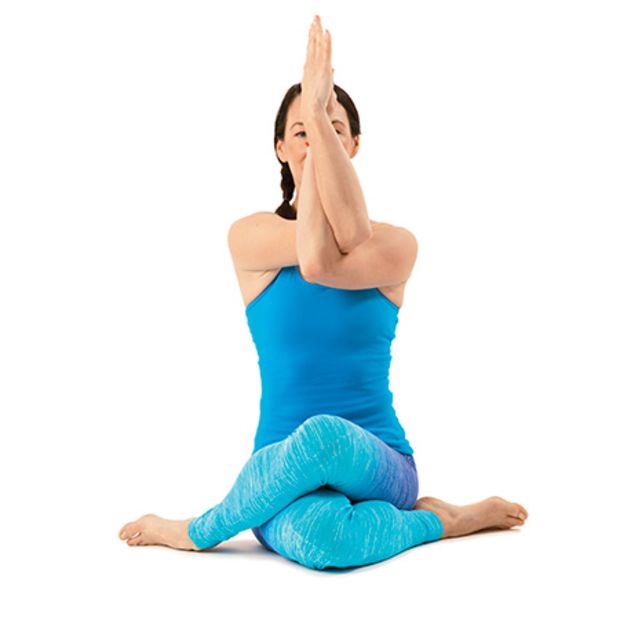[vc_row type=”in_container” full_screen_row_position=”middle” scene_position=”center” text_color=”dark” text_align=”left” overlay_strength=”0.3″][vc_column column_padding=”no-extra-padding” column_padding_position=”all” background_color_opacity=”1″ background_hover_color_opacity=”1″ column_shadow=”none” width=”1/1″ tablet_text_alignment=”default” phone_text_alignment=”default” column_border_width=”none” column_border_style=”solid”][vc_column_text]As published in Yoga Guide Magazine, July 2017
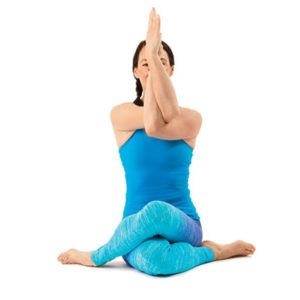 With so many styles of yoga today, it’s easy to be confused on where to start or how your current yoga class differs from others. Although there are numerous styles of yoga – and many offshoots of the traditional practices – the top eight styles listed below may help you start, or continue, your yoga practice to help open your mind and body to new levels of health and wellbeing.
With so many styles of yoga today, it’s easy to be confused on where to start or how your current yoga class differs from others. Although there are numerous styles of yoga – and many offshoots of the traditional practices – the top eight styles listed below may help you start, or continue, your yoga practice to help open your mind and body to new levels of health and wellbeing.
Hatha Yoga: Although there are various translations of the Sanskrit word “hatha,” the definition most often used includes “ha” meaning sun, and “tha” meaning moon. Thus, hatha is a practice of uniting pairs of opposites, such as the sun and moon, the masculine and feminine, and the yin and yang to balance the body and unite the mind, body and spirit. Hatha yoga is most often a slower-paced class with gentle yoga postures and no flow between poses. In addition to the physical yoga postures (asanas), breathing exercises (pranayama), purification practices (kriyas), relaxation techniques and meditation produce a well-rounded traditional hatha practice. Nearly every style of modern yoga taught in the west is a by-product of this original ancient practice. Hatha classes are great for working on alignment and practicing relaxation techniques, while building strength, flexibility and balance in the mind and body.
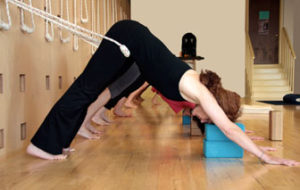 Iyengar Yoga: Founded by B.K.S. Iyengar, this style usually consists of practicing fewer asanas (poses), but are often held for longer periods of time so that students can feel the deeper effects of postures. Props such as blocks, straps, blankets, bolsters and more are used to help students find proper alignment for their body and personal needs. Although this practice may be considered a slower-paced class, the detailed awareness and precision to alignment makes for a rewarding and challenging class.
Iyengar Yoga: Founded by B.K.S. Iyengar, this style usually consists of practicing fewer asanas (poses), but are often held for longer periods of time so that students can feel the deeper effects of postures. Props such as blocks, straps, blankets, bolsters and more are used to help students find proper alignment for their body and personal needs. Although this practice may be considered a slower-paced class, the detailed awareness and precision to alignment makes for a rewarding and challenging class.
Ashtanga Yoga: Created by Shri K. Pattabhi Jois, this style includes six sequence series (levels). As students progress and advance through one series, the next series wi ll be introduced by the teacher. This style can be physically demanding, with the difficulty of poses progressing with practice. Ashtanga students also practice flowing from one pose to the next with their breath. You will often find studios offering “Mysore style” classes, where students can practice on their own while the instructor provides individualized instruction and adjustments for advancement of poses.
Bikram Yoga: Founded by Bikram Choudhury, this practice consists of the same 2 breathing techniques and 26 yoga poses performed twice within every 90-minute class. Bikram classes are always heated to at least 104 degrees, and rooms are typically at about 40 percent humidity level. Expect to sweat a lot, build strength and flexibility in this heated yoga class. If you prefer knowing exactly what poses you will be practicing in each class, this style may be right for you.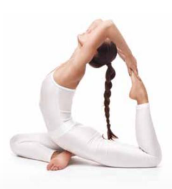
Vinyasa Yoga: Vinyasa is a Sanskrit term that roughly translates as “to place in a special way.” This further refers to a sequence of hatha yoga poses and encourages “breath-based movement” (to move the body through specific poses on the inhale and exhale). Classes are often paired with music and are known for their fluid, movement-intensive practices, smooth transitions, breathwork to warm up and heat the body from the inside out. Typically, specific postures and creative sequences differ in each class. Modifications and advanced variations are often provided during classes. Many students enjoy this style, especially in the west, for the energetic, upbeat, creative and strength building classes, yet still receive the calming, relaxing and stress-reducing benefits.
Hot Yoga: Hot Yoga is style of yoga that includes a variety of postures and sequences of poses found in hatha or vinyasa classes. Yet, as the name implies it is set in a heated room (typically around 95-105 degrees), and often paired with music, to produce a more sweat-inducing class. This style improves strength, flexibility, balance and coordination. Breathing and relaxation techniques are also practiced to bring a greater sense of awareness into your body and the sensations you are experiencing in this heated practice.
Kundalini Yoga: The primary goal of this style is to awaken the kundalini energy and spiritual potential believed to be within each of us. Kundalini classes are typically 90-minutes in length and include various breathing techniques, postures, mudras (hand gestures), chanting and meditation. Kundalini is most known for its kriyas, postures and breath sequences to help awaken our inner spirit.
Yin Yoga: Yin Yoga is a slower-paced style, where poses are held for longer 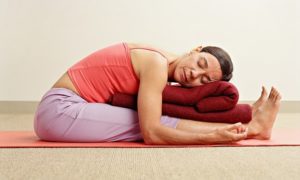 periods of time – usually from 2 to 5 minutes per pose or longer. This method is focused on lengthening connective tissue and deep fascia. The poses are practiced passively for complete relaxation, while allowing gravity to assist with the gentle stretching of muscles and connective tissue. A cooling yin practice is an excellent complement to heated yoga classes, physical fitness activities and the fast-paced lifestyles many of us lead today.
periods of time – usually from 2 to 5 minutes per pose or longer. This method is focused on lengthening connective tissue and deep fascia. The poses are practiced passively for complete relaxation, while allowing gravity to assist with the gentle stretching of muscles and connective tissue. A cooling yin practice is an excellent complement to heated yoga classes, physical fitness activities and the fast-paced lifestyles many of us lead today.
Click here to view this article and more in the July 2017 issue of Yoga Guide Magazine[/vc_column_text][/vc_column][/vc_row]
